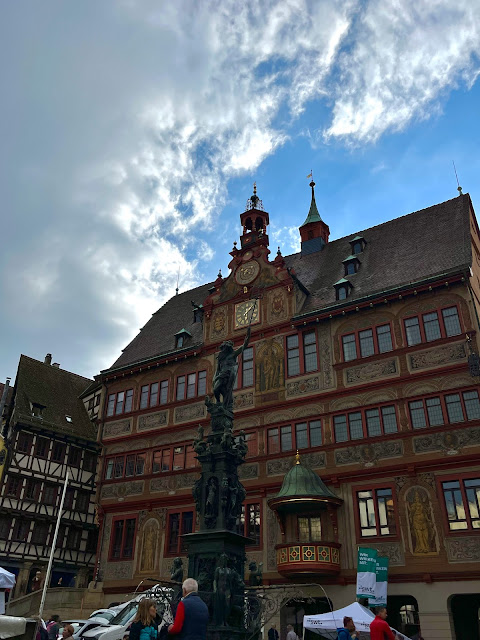An Introduction to my Study Abroad Program In Germany
So here I am, asking myself why? I mean the scholarship is a tremendous aspect of my choosing Germany. But Germany was an option way before I knew about the Julius Blocker Scholarship (for which I am very thankful). In fact, I didn't know about it until it came up in my application process. So there's that.
Back to my question... Why? I have several answers to this question, but for the sake of this blog and my Blocker project, I will discuss one. I've always been very fascinated by buildings, more specifically, monuments. One of the things that makes each city unique is its monuments and old buildings. These structures tell a story about the city's past, its people, and its culture. They are a testament to the city's heritage and serve as a reminder of the events that have shaped it. By exploring these monuments and buildings, I hope to gain a deeper understanding of each city I plan to visit in Germany and its history.
The cover photo I took displays Tübingen's stunning Neptunbrunnen located in the heart of the city. The fountain features a sculpture of Poseidon, surrounded by four smaller statues of mermaids, and is considered one of the most iconic landmarks of Tübingen. The statue serves as a reminder of the city's cultural and intellectual heritage and is a testament to the enduring legacy of the classical world.
Here's a quick history behind this statue. The fountain was reconstructed by the sculptor David Ferdinand Freiherrin after it fell into disrepair in the late 19th century and relocated to Tübingen. The fountain is not only a beautiful work of art but also a testament to the city's history and cultural heritage. It serves as a symbol of Tübingen's connection to the Roman Empire and its importance as a cultural and intellectual center in Germany.




Comments
Post a Comment